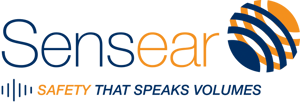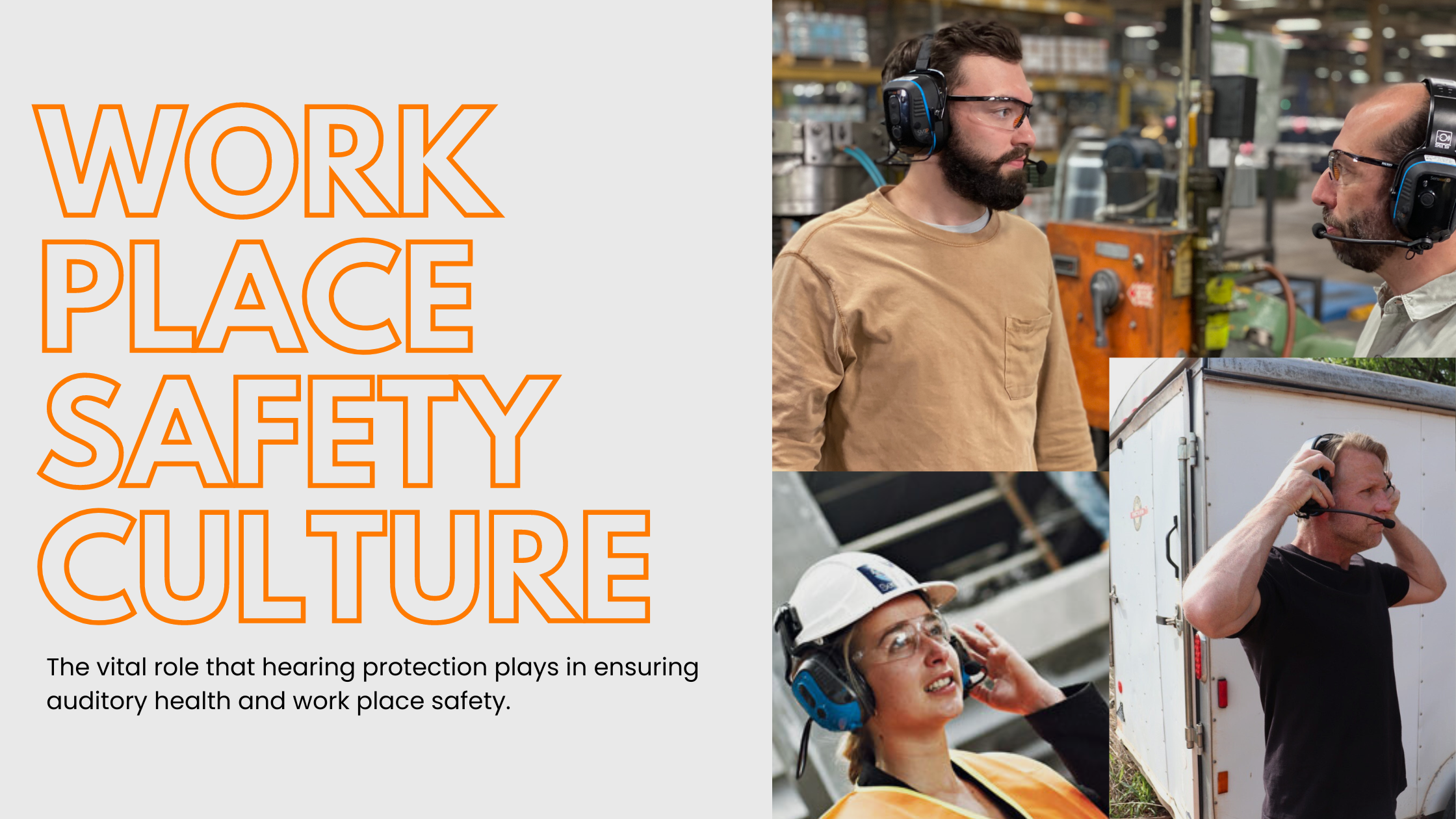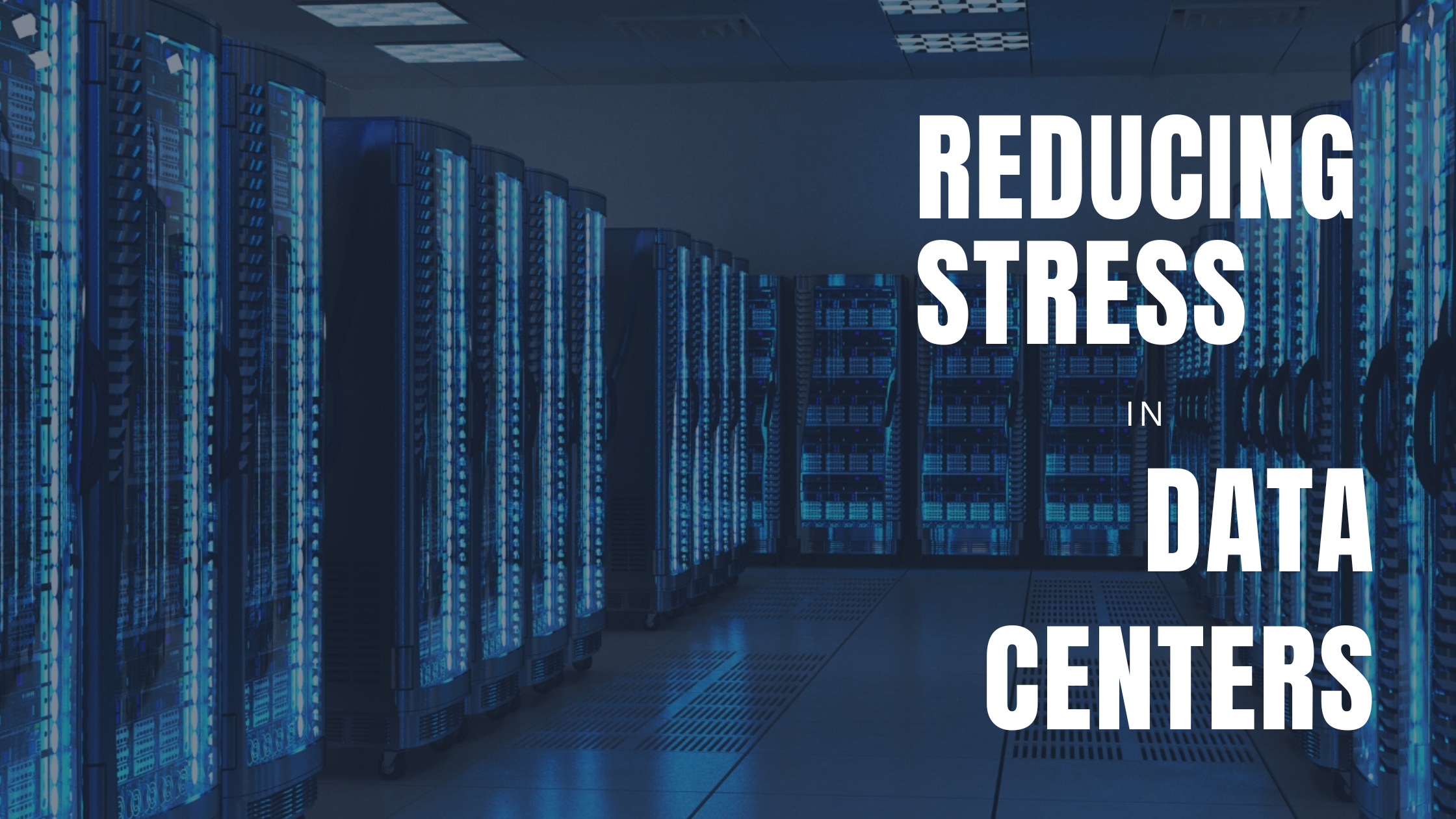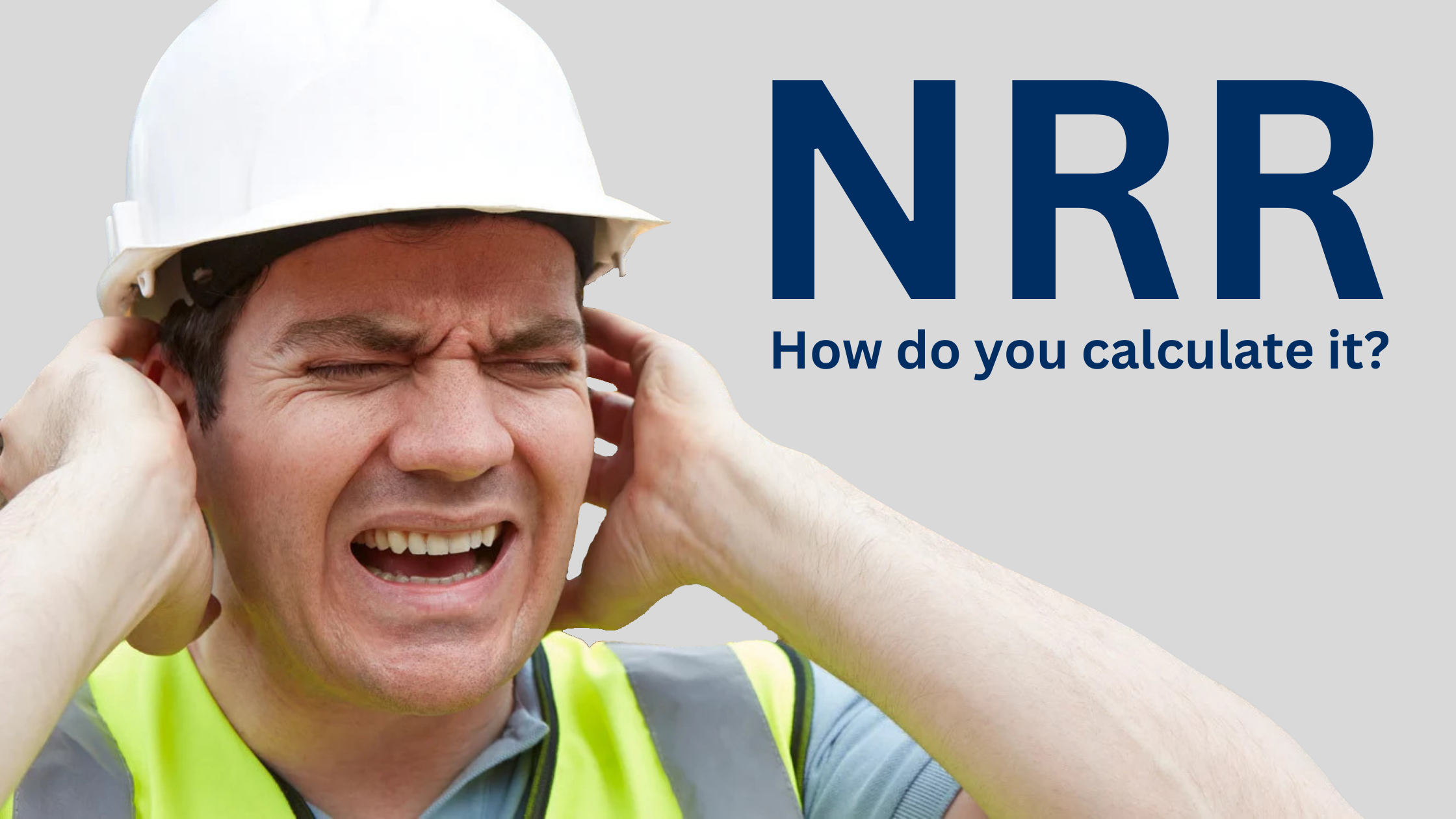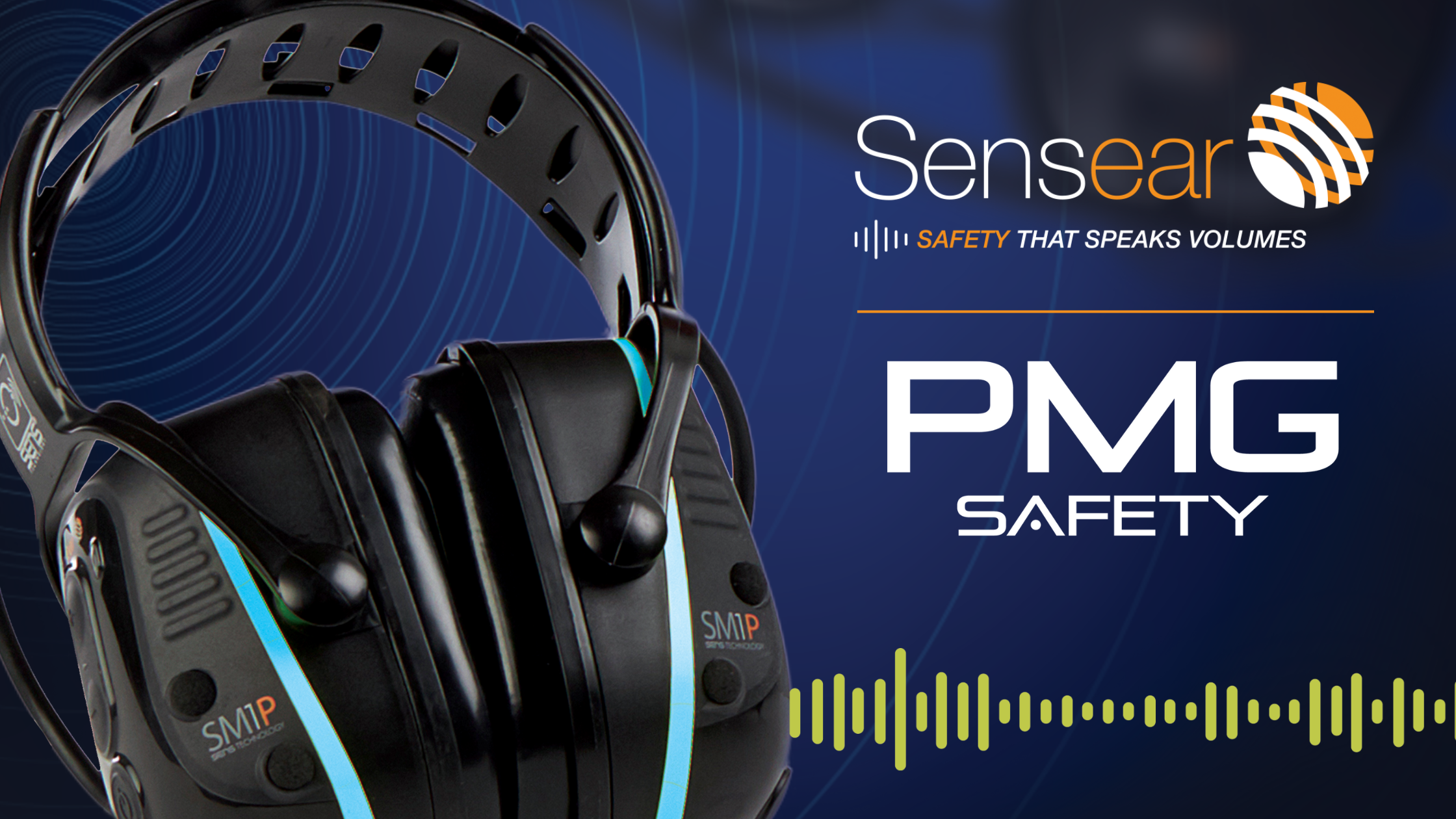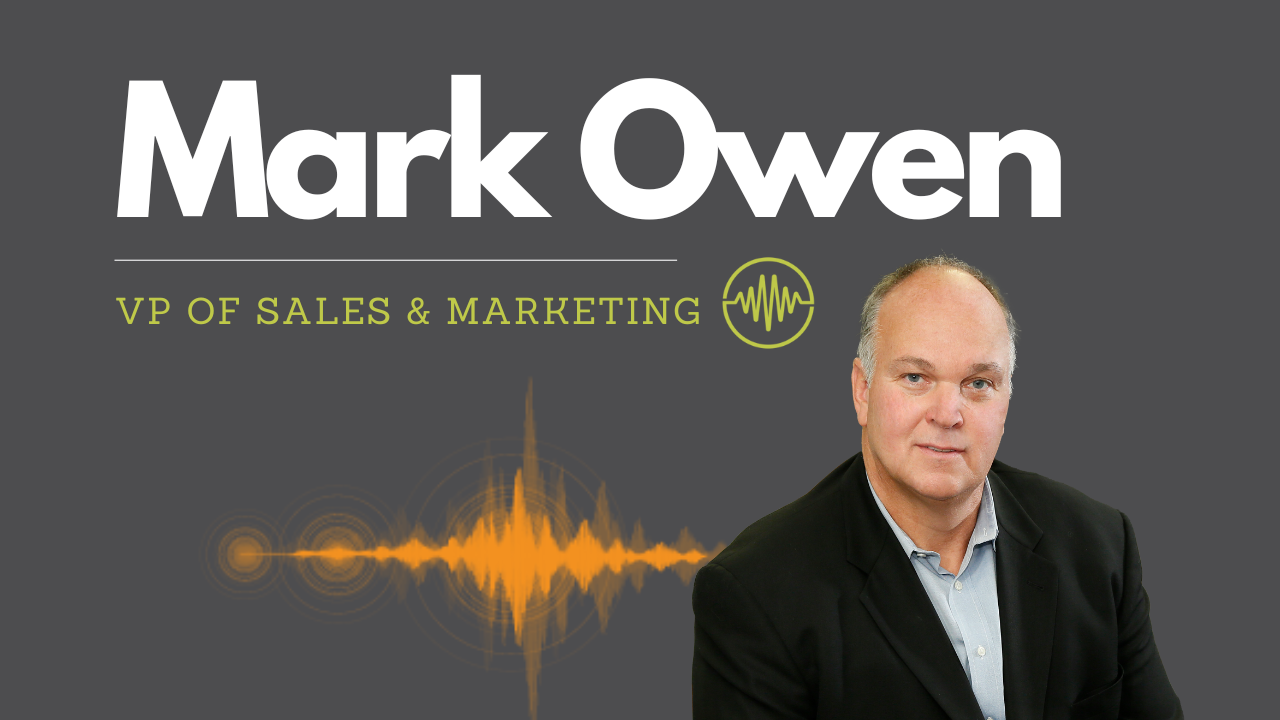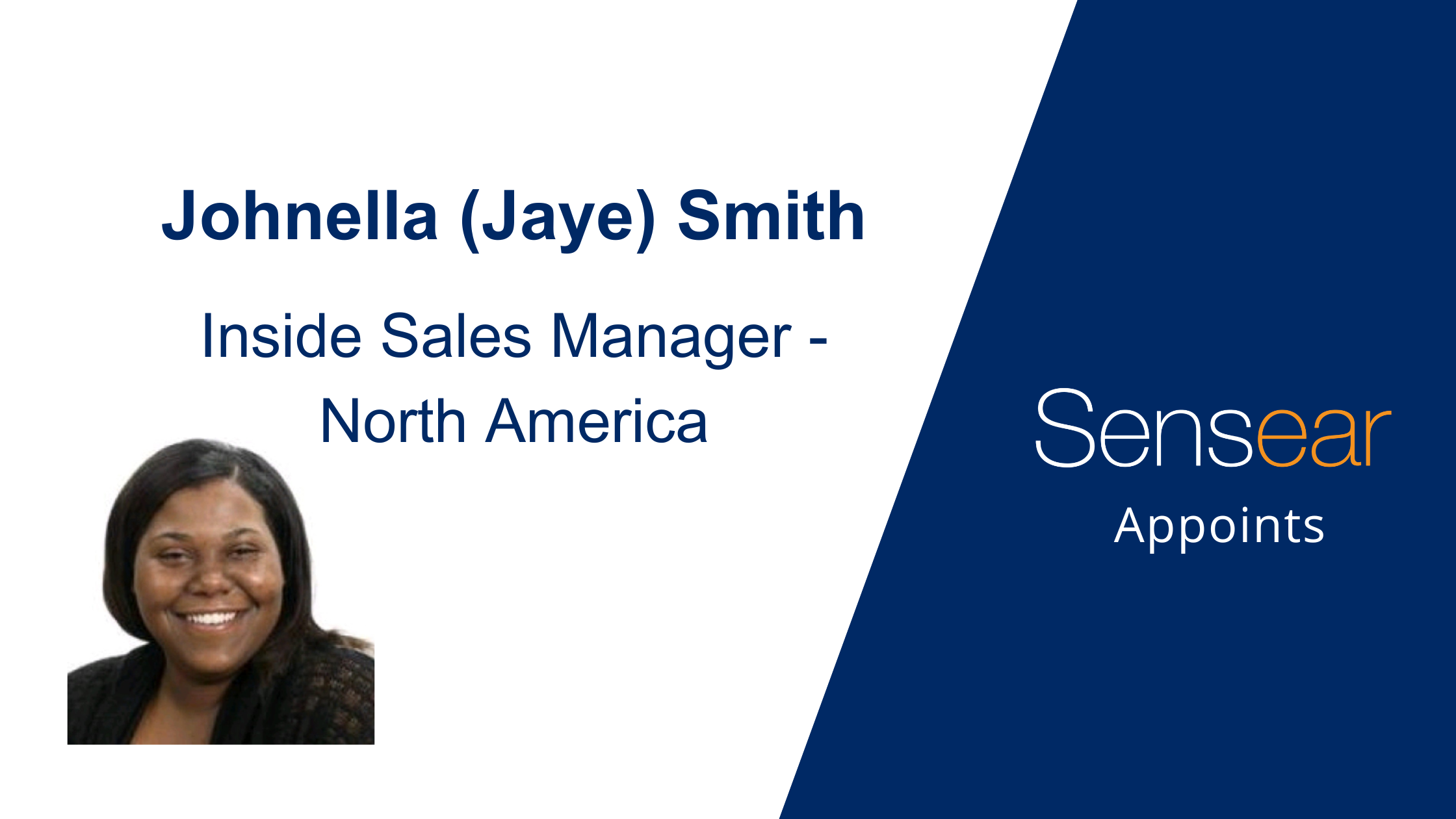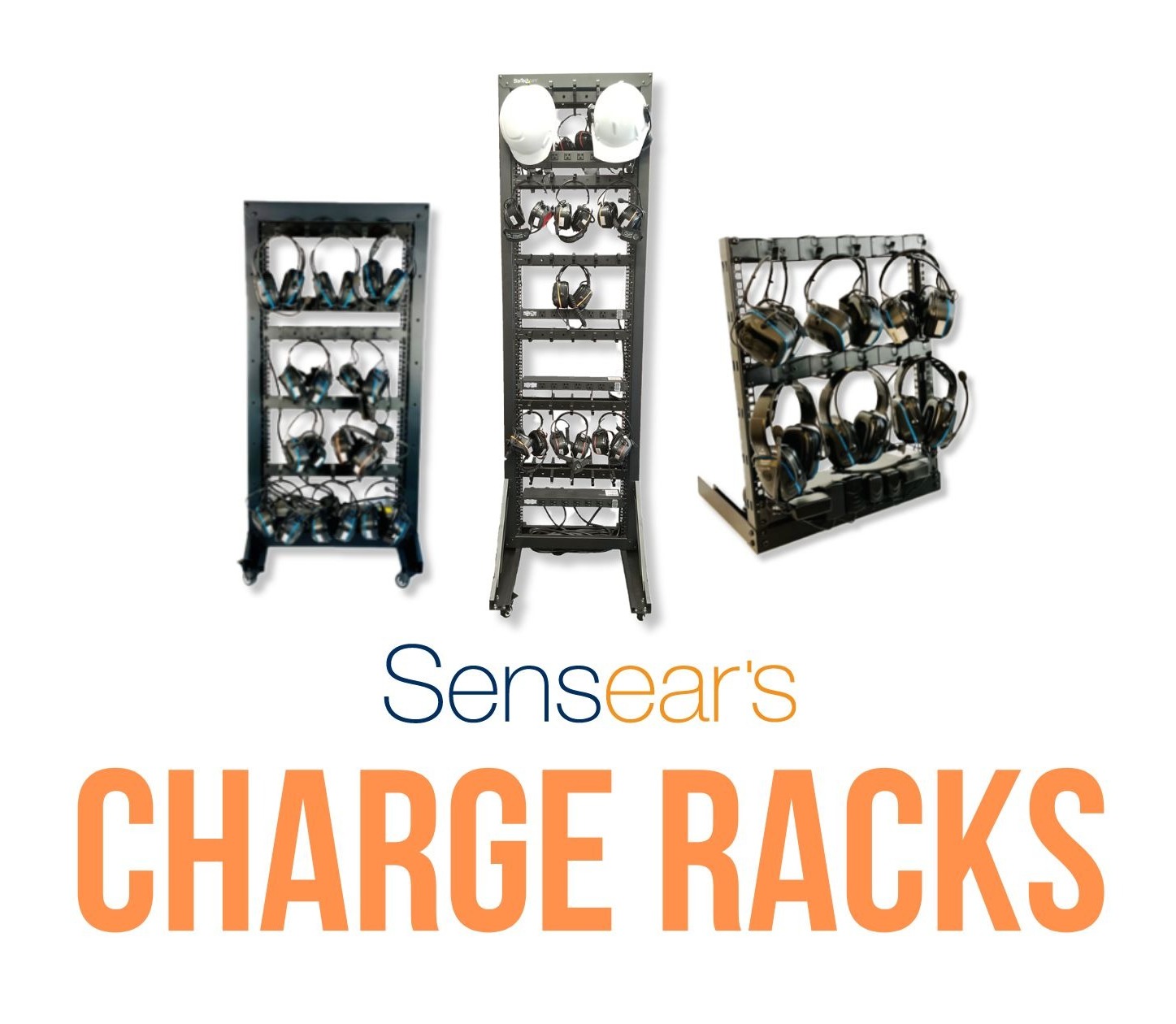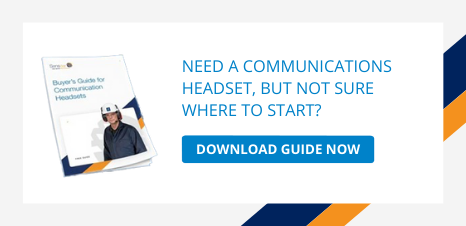_Construction_(1).jpg?width=135&name=SM1xSR_(IS)_Construction_(1).jpg)
In the modern workplace, it’s common knowledge that workers must wear hearing protection when in high noise environments. What is less understood is that traditional hearing protection devices can often expose workers to other, more immediate risks.
Traditional Solutions & Dangers Raised
Traditional Hearing Protection Devices (HPDs) such as roll-down foam plugs or earmuffs carry two major drawbacks: First, they function by blocking out all noise, so that communications become more difficult, and key warning sounds such as alarms or verbal warnings can be blocked as well. Second, they can be uncomfortable or cumbersome and are often viewed as a burden. The combination of these factors means that many workers are quick to discard or never wear traditional HPDs.
A 2005 study published in the Journal of Occupational and Environmental Hygiene found that “[workers who reported always using HPDs in high noise on questionnaires were found to wear them only one-third of the time their exposures exceeded 85 dBA.” (The Effectiveness of Hearing Protection Among Construction Workers, Neitzel& Seixas, April 2005)
Hearing protection is only effective when worn. The workers in this study were so disinclined to wear the protective devices that they weren’t even aware of their non-compliance. So if the choice is between HPDs that make workers less aware of their surroundings or workers removing needed protection, what’s an employer to do?
A Smarter Alternative
Through the continued development in digital technology, today’s hearing protection both the technological and social shortcomings found in traditional HPDs are addressed. This advanced digital technology in some products can reduce high noise levels to help isolate and enhance speech. While connections accommodating FM Radio, MP3 players, Bluetooth® phone connections, and two-way radios devices provide a social incentive to workers. The result of this is workers who view wearing their hearing protection as enjoyable, who are simultaneously more aware of their surroundings, and better able to communicate with their co-workers.
Even in a worksite with rapidly changing sources of noise, these advancements in digital hearing protection have proven to be the difference in keeping workers continuously wearing their headsets.
Next Steps to a Safer Workplace
Employees shouldn’t have to decide between long-term hearing loss and immediate risk of injury. Forward-looking managers are beginning to demand a better solution, one that can protect workers from injury, and employers from liability issues. The first step in reaching this goal is to talk to a hearing protection expert.
For businesses beginning an all-new program, or those looking to adapt existing equipment, Sensear has a solution. Any business interested in a newer, safer alternative in occupational hearing protection, should contact a Sensear specialist today.
Follow Sensear and always be in the know.
Follow @HearSensear